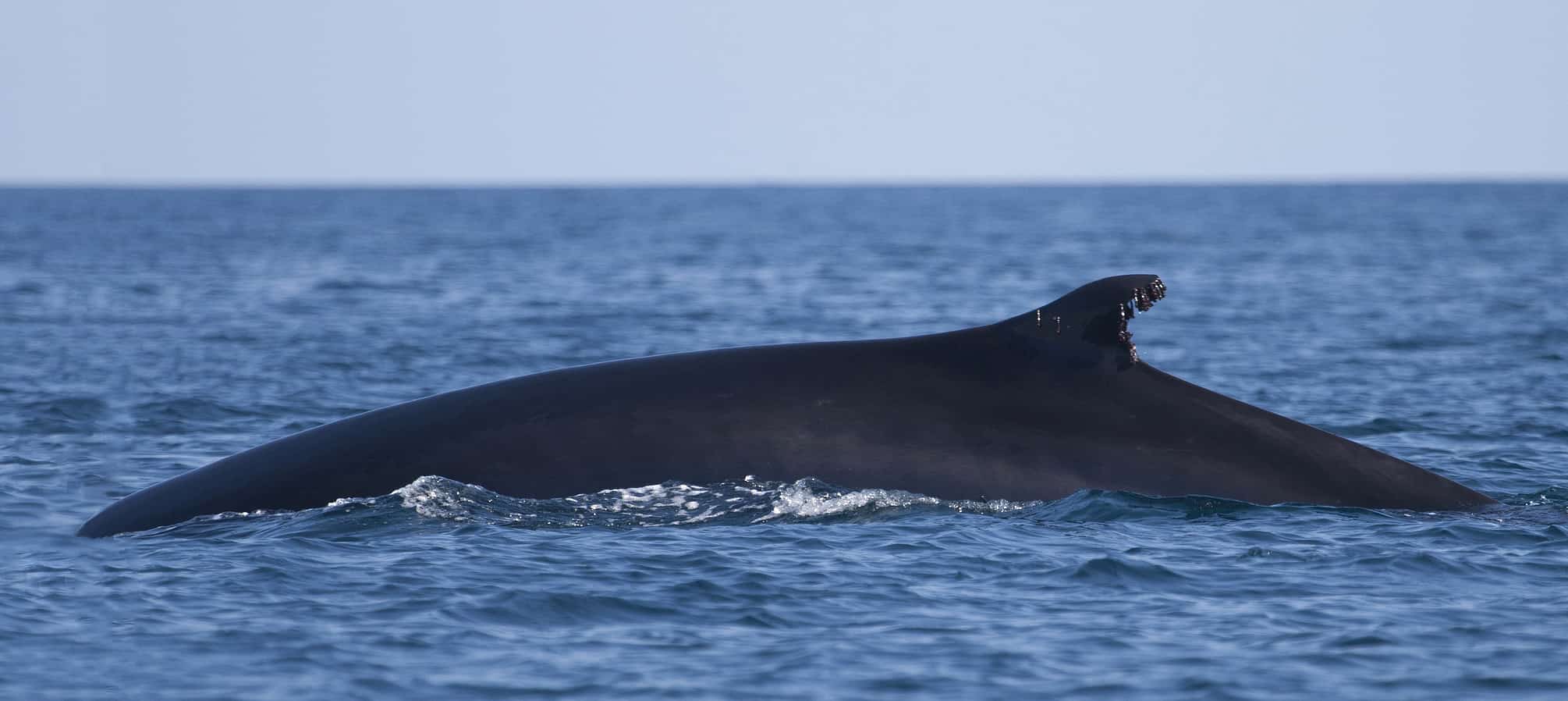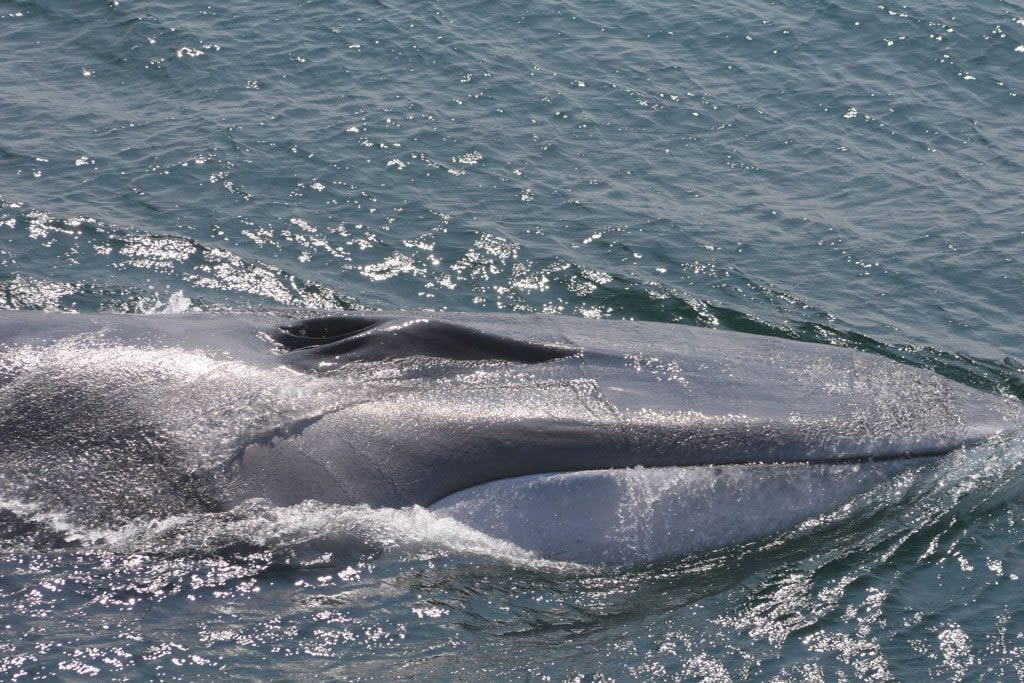
Omega was 58 feet long and weighed about 50 tons in the spring of 1883 when it was caught by a whaler in the Atlantic Ocean off New England and towed to a small Cape Cod port for rendering. The skeleton, known as Omega, belonged to a whale estimated to have been born around 1870. The gigantic skeleton of a finback whale that hangs over what is now Blacktip Reef.

Our interns aboard the BHWW receive training in a wide range of marine mammal research activities while working as a crew/scientist aboard the whale watch.
#Finback whale professional
Allied Whale hosts an internship program with the BHWW, which are entry-level research positions designed to offer experience for individuals seeking to develop their professional careers in marine mammal research. In 1981, biologists from Allied Whale began a project to identify individual finback whales photographically-a very asymmetrical challenge. The North Atlantic Finback Whale Catalogue is now housed in our laboratory in Bar Harbor and contains photographs of over 800 individuals.Īntarctic Humpback Whale Catalog Submit a single humpback sighting from the Southern Ocean using this form: AHWC public submissionĪn international project started in the 1980s to investigate the movements of humpback whales between the Southern Ocean and lower latitude waters.Ĭollaboration with the Bar Harbor Whale Watchĭuring the spring to fall field season, when baleen whales are in the Gulf of Maine and our nearby waters, we work closely with the Bar Harbor Whale Watch Company (BHWW) to collect sightings data and observe whales.

Interested in submitting your humpback whale photos to our catalog? Submit a single humpback sighting using this form :įor researchers or individuals who would like to submit multiple photos to the NAHWC, please email us at Contact us with any further questions or to request information.įin whale 2014North Atlantic Fin Whale Catalog Once we identify the whale to individual, we can email you information on re-sightings found and you can contribute to ongoing research projects for humpback conservation. The NAHWC is only possible through the collaboration of researchers, managers, whale watches, and citizen sciences from across the North Atlantic ocean-basin.Īnyone can submit a humpback whale photo! We accept fluke photos from any area within the North Atlantic Ocean and require the following sighting information at minimum: location, date, and reference number or name of whale.

That first catalog contained 120 individual humpback whales.Ĭurrently, the North Atlantic Humpback Whale Catalog (NAHWC) includes sighting information for over 10,000 individual whales from all the known feeding and breeding/calving grounds in the North Atlantic Ocean. Allied Whale was instrumental in the development of photographic identification (photo-ID) techniques for humpback whales and in 1977 published the first North Atlantic Humpback Whale Catalog.


 0 kommentar(er)
0 kommentar(er)
